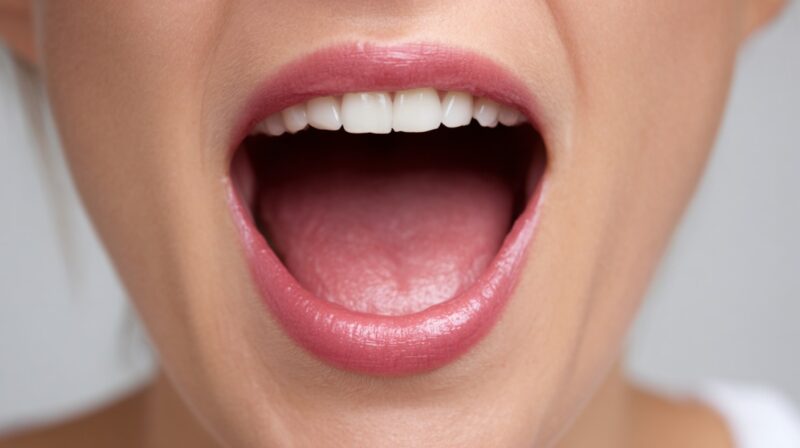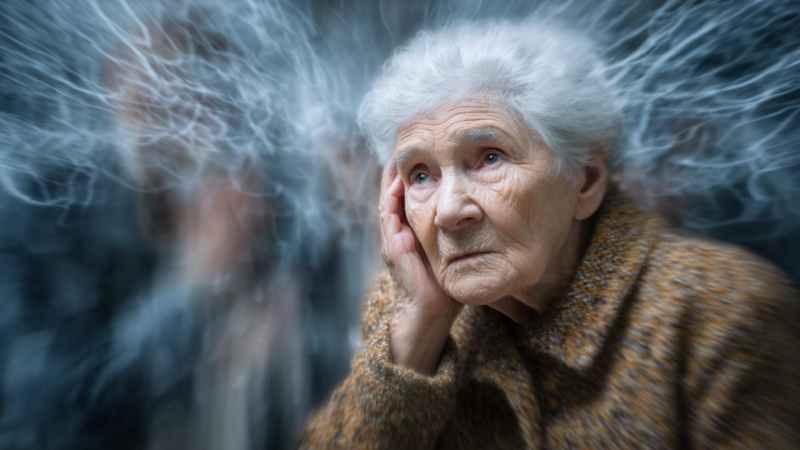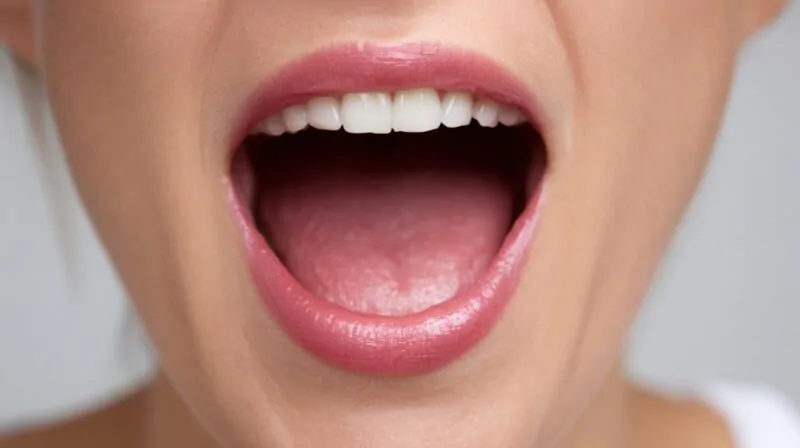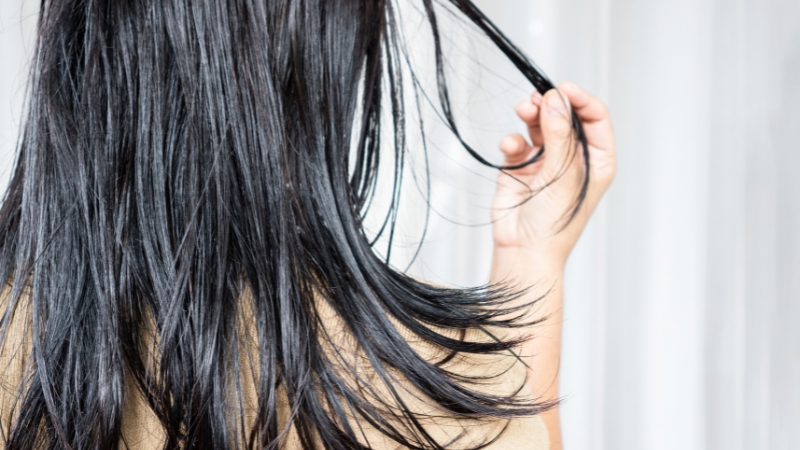
Share Post:
Hair damage does not come from one major mistake. It builds through daily routines that seem harmless.
Tight styles, wrong products, and neglect at the root level all lead to breakage, thinning, and slow growth. Most people repeat the same harmful habits without knowing the long-term effects.
Not every fix needs expensive products. Small changes in how you wash, dry, or tie your hair can stop the damage early.
Real habits cause real problems, and each one has a direct solution. Focus on what actually harms the scalp and strands, not recycled myths.
1. Wearing Tight Ponytails or Buns Daily
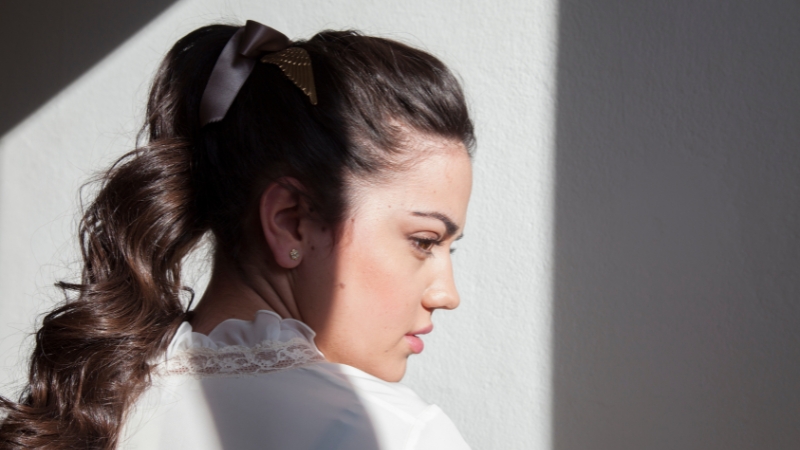
Pulling hair into tight styles every day strains the follicles. Constant tension at the root causes a condition called traction alopecia.
Hair starts thinning at the hairline and temples. Over time, the follicles stop producing new strands in those areas.
This habit damages more than the surface. Repeated stress on the same spots leads to permanent gaps in density. The issue worsens with added weight from extensions or thick hair pulled too tightly.
2. Using Dry Shampoo Several Days in a Row Without Washing
Dry shampoo clogs hair follicles when used too often. Most formulas contain starch and alcohol, which soak up oil but also block airflow to the scalp.
Daily buildup traps sweat, sebum, and debris. That creates a layer that irritates skin, slows growth, and triggers flakes or breakouts.
Many users report increased shedding and scalp odor after frequent dry shampoo use. Product residue also sticks to strands, making hair dull and brittle over time.
Do this to fix the issue: Limit dry shampoo use to two non-consecutive days per week. Rinse the scalp thoroughly after workouts or sweat exposure. Use a clarifying shampoo once a week to reset the scalp. Give roots time to breathe between applications.
3. Applying Heavy Oils Like Castor or Coconut Oil Directly on the Scalp Too Often
Thick oils such as castor or coconut can block follicles when applied too often. They trap dirt and sweat close to the scalp.
That creates buildup, irritation, and sometimes small breakouts. Hair may look greasy, but remains dry underneath due to the sealed layer.
4. Brushing Wet Hair Aggressively with a Regular Brush
Wet hair swells and loses strength. Dragging a regular brush through wet strands causes breakage.
Many people rip through tangles without sectioning, which pulls hair out at the root and creates split ends across the length.
5. Sleeping on Cotton Pillowcases Without Tying Hair or Using Protection
Cotton pulls moisture out of the hair overnight. It also creates friction that leads to frizz and breakage. Hair rubs against the pillow surface and becomes tangled, especially at the nape and sides.
6. Using Heat Tools Like Straighteners or Curling Irons Every Day
Daily heat exposure cracks the cuticle layer. Hair becomes porous, loses shine, and starts to split at the ends.
High heat also weakens the protein bonds inside the strand, leading to a limp texture and breakage.
7. Washing Hair with Very Hot Water
Hot water strips the scalp of natural oils. That leaves the skin dry, flaky, and more prone to irritation.
Strands lose moisture and become rough, especially at the ends. Repeated exposure to high temperatures weakens the hair shaft and dulls color-treated hair faster.
8. Shampooing Too Frequently and Stripping Natural Oils
Washing every day can damage the scalp’s balance. It removes protective oils that keep both roots and strands healthy.
Over-washing triggers rebound oil production or, in some cases, scalp dryness and dandruff.
9. Using Cheap Elastics with Metal That Snag and Break Strands
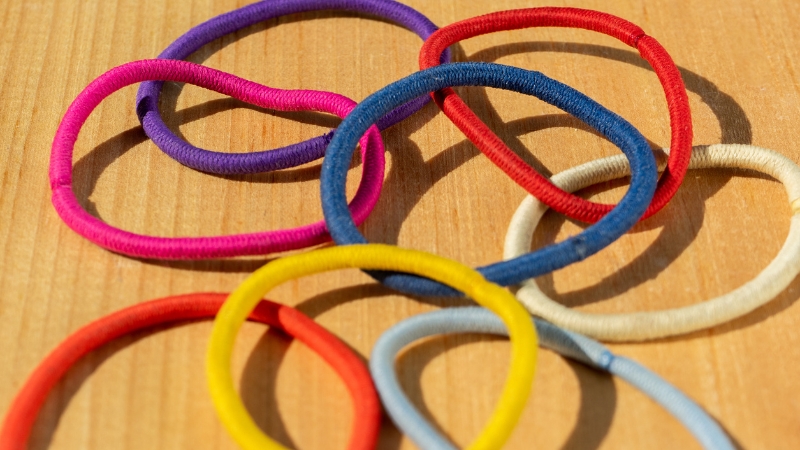
Elastic bands with exposed metal or rough seams catch on hair. Each pull causes micro-tears in the shaft.
Hair around the tie area often shows the most breakage, especially with repeated daily use in the same spot.
10. Ignoring Scalp Buildup and Never Exfoliating the Scalp
The scalp collects dead skin cells, oil, product residue, and sweat. Without regular removal, buildup clogs follicles and stunts growth.
Some people develop painful bumps or inflammation from years of neglect.
11. Rubbing Towel Harshly on Wet Hair Instead of Blotting
Vigorous towel drying roughens the cuticle and snaps wet strands. The twisting and rubbing motion causes frizz, breakage, and split ends.
Hair loses its smooth surface and becomes harder to manage over time.
12. Using Styling Products with High Alcohol Content Daily
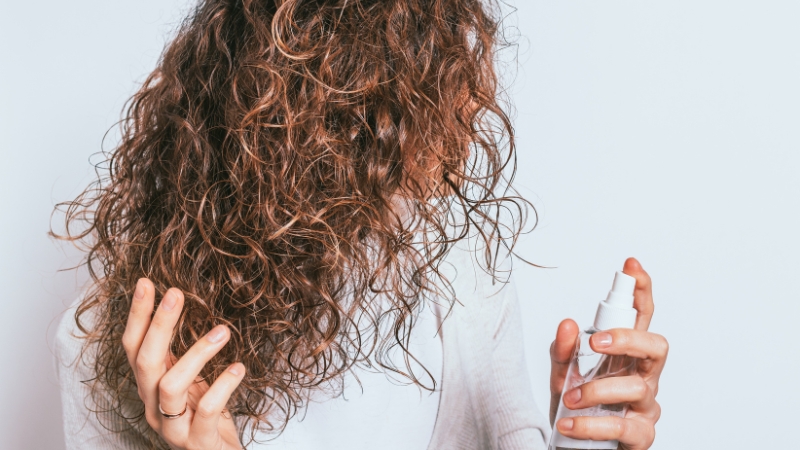
Many gels, sprays, and mousses contain drying alcohols. Daily use strips away moisture, making strands brittle and dull.
Alcohol-heavy products also weaken the hair structure over time, especially when used before heat styling.
13. Pulling Out Split Ends Manually Instead of Trimming
Snapping split ends by hand causes further tearing along the shaft. Each strand splits higher and weakens the structure, leading to uneven length and more frequent breakage.
14. Wearing Hats or Helmets Daily Without Cleaning the Inside
Sweat, oil, and product residue build up inside hats and helmets. That grime transfers back to the scalp each time you wear them.
Bacteria grow quickly in that warm, trapped environment, leading to clogged pores and irritation.
15. Letting Sweat and Sebum Sit on the Scalp Post-Workout Without Rinsing

After exercise, sweat and oil mix with styling products and dirt. Letting it sit clogs follicles and causes scalp stress. Many people ignore this step, especially after short workouts or walks.
Bottom Line
Hair damage rarely starts with one dramatic event. It builds through repeated habits that strain the scalp, weaken the shaft, and block healthy growth.
Daily routines matter more than any product. Friction, heat, buildup, and pressure all leave behind signs—breakage, thinning, and dull texture.
Real change begins with practical shifts. Looser styles, cleaner tools, and better timing after workouts protect the root and strand without extra cost.
The scalp must stay clean, balanced, and free from suffocation. Hair needs protection at night, moisture on the ends, and freedom from constant stress.
Use this list as a guide for clear correction. Every single habit above comes with a direct way forward. The sooner you make those changes, the faster you stop the damage in its tracks.
Related Posts:
- 7 Daily Habits That Support a Healthier You
- 7 Daily Habits That Improve Skin Glow Over Time
- What Happens to Your Hair When You Stop Eating Junk Food?
- Daily Hair Care Practices to Boost Hair Growth Naturally
- How Smoking Can Lead to Hair Loss and What You Can…
- Unleash Your Inner Queen After 50: Crazy-Cool…



